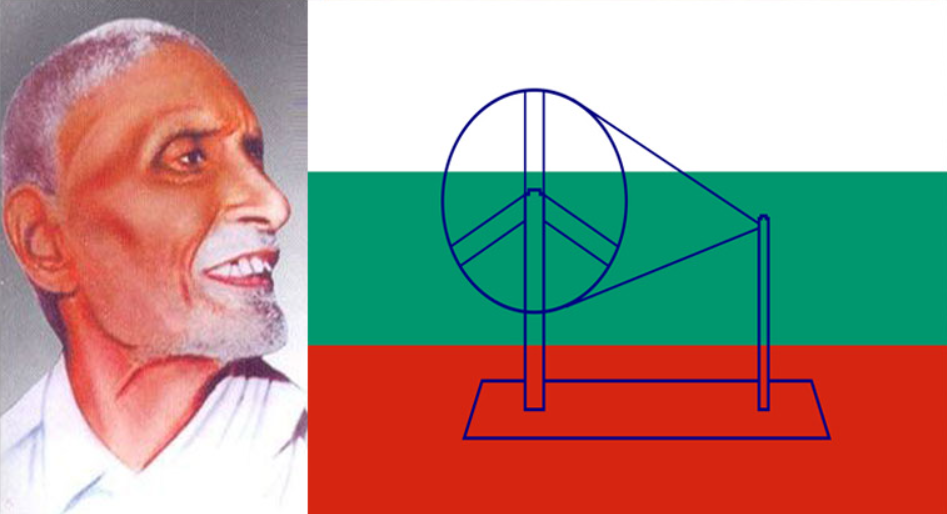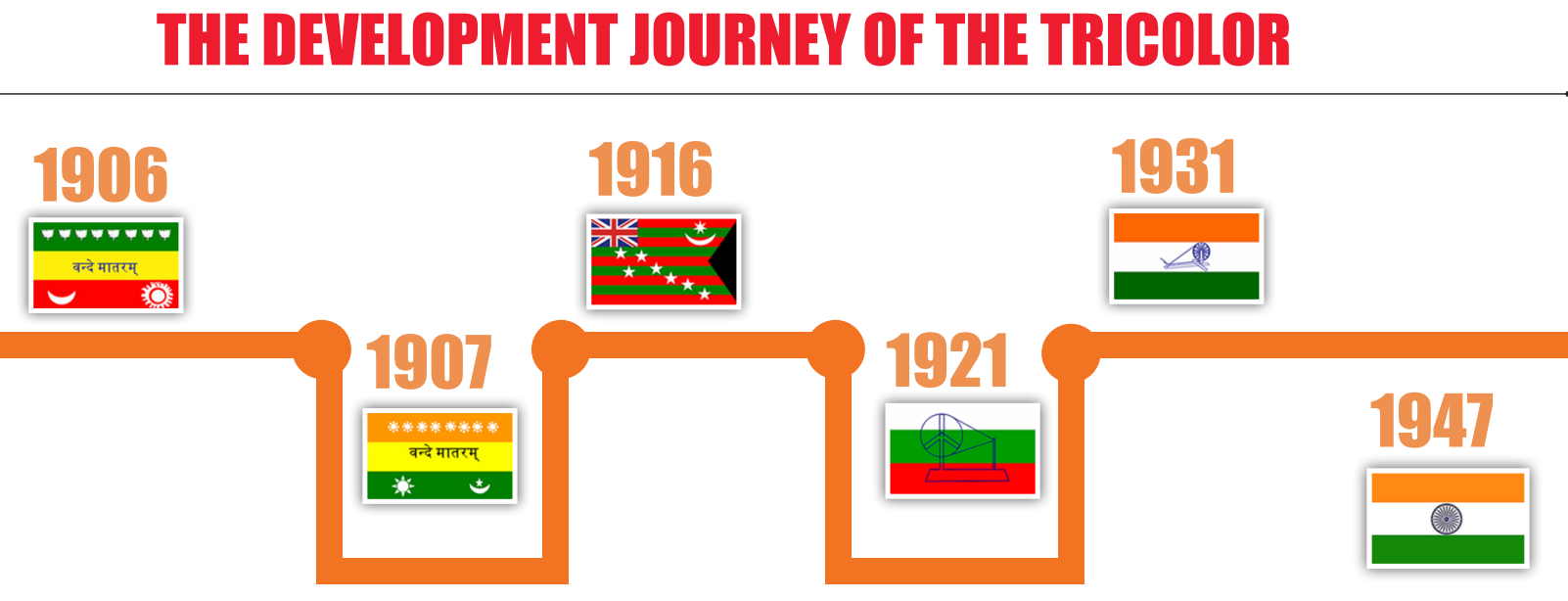Rapid Fire
Pingali Venkayya, the Man Behind Tricolour
- 02 Aug 2024
- 2 min read
The Prime Minister paid tributes to Pingali Venkayya on his birth anniversary (2nd August).
- He also urged citizens to support the Har Ghar Tiranga movement by unfurling the tricolour between 9th and 15th August, 2024.
Evolution of Flag:
- In 1916, Pingali Venkayya published a booklet titled A National Flag for India, featuring nearly 30 designs for a potential Indian flag, inspired by flags of other nations.
- Venkayya’s design for the National Flag was finally approved by Mahatma Gandhi in a Congress meeting in Vijayawada in 1921.
- The initial flag, called the Swaraj flag, consisted of two red and green bands (representing the Hindus and the Muslims religious communities). The flag also had a charkha, which represented Swaraj.
- Mahatma Gandhi adviced Venkayya to add a white band to represent peace.
- The Flag Committee (1931) replaced the red with saffron and placed saffron on top followed by white and then green. The charkha was placed on the white band in the middle.
- The colors stood for qualities and not communities i.e., the saffron for courage and sacrifice, white for truth and peace, and green for faith and strength. The charkha stood for the welfare of the masses.
- Post-Independence, a national flag committee under President Rajendra Prasad replaced the charkha with the Ashok Chakra.
- Pingali Venkayya:
- He fought the Second Boer War (1899-1902).
- In 1913, he delivered a lecture in Japanese in Bapatla, Andhra Pradesh called as ‘Japan Venkayya’.
- He was also known as Patti Venkayya for his research into the Cambodia Cotton.
- In 2009, a postage stamp was released for his contribution.








